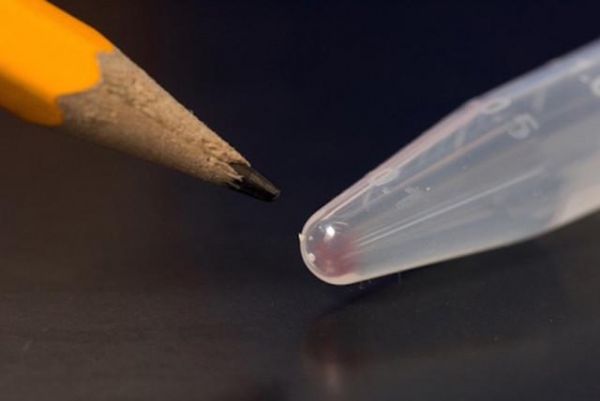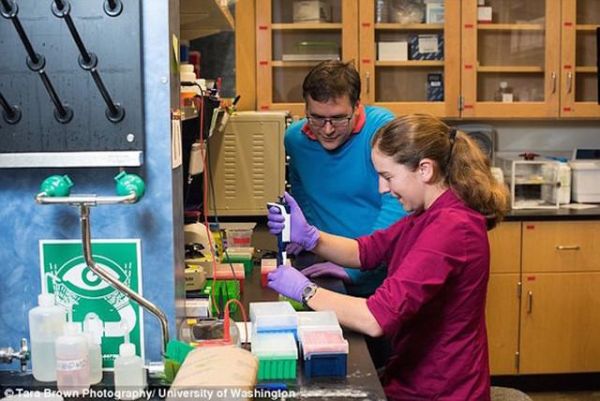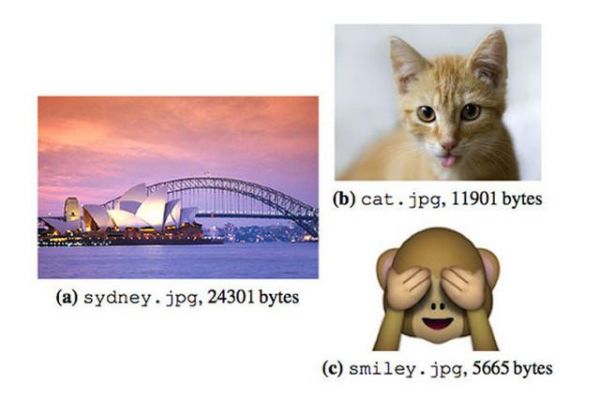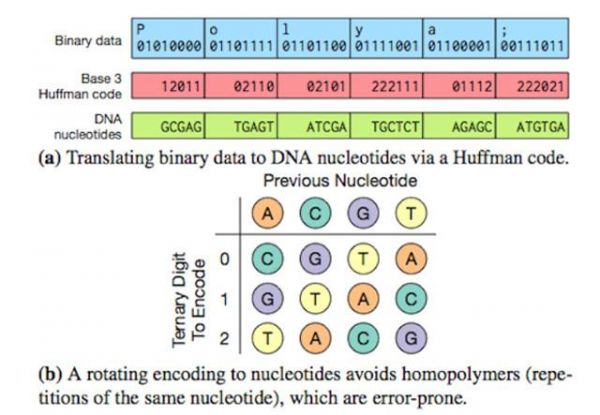Microsoft R&D DNA storage technology data center is only the size of candy bar!
According to foreign media Computerworld, Microsoft is developing synthetic DNA storage technology, hoping to use it as a data storage medium to reduce the floor space.

If this technology is mature enough to be suitable for mainstream applications and equipped with the storage device with the highest storage density today and a data center the size of a Wal Mart supermarket, it may be "slimmed down" to the size of a cube of sugar. The researcher said: "We believe that the time is ripe to consider DNA as a storage medium and explore relevant system design issues".

It is reported that the scientific research team encodes the data of four picture files into the nucleotide sequence of synthetic DNA fragments. It is worth mentioning that they have realized the reverse process - retrieving the correct nucleotide sequence from a larger DNA pool, reconstructing the image, and not losing a byte of information. Another experiment involves encoding and reading video files.
By 2020, the amount of data contained in global computers, historical archives, movies, photos, enterprise systems and mobile devices will reach 44 trillion GB. To store these data, the floor area must be considered. In a paper in Nature, the researchers said that this encoding method enables about a cup of DNA to store at least 100 million hours of high-definition video.

Luis Saez, associate professor of computer science and technology at Washington University and co-author of the paper, said: "Life produces magic DNA, which can efficiently store all information related to genes and life activities, and is very compact and 'durable'. We will use DNA for data storage - images, videos, documents, which can be saved for hundreds or thousands of years."
It is understood that DNA is an attractive potential data storage medium. In theory, the storage density is 8 orders of magnitude higher than that of tape. A tape cartridge that can be held in hand has a storage capacity of up to 185TB

However, this technology is still some time away from full commercial use, and many improvements are needed. For example, DNA synthesis and sequencing technologies are far from perfect.



